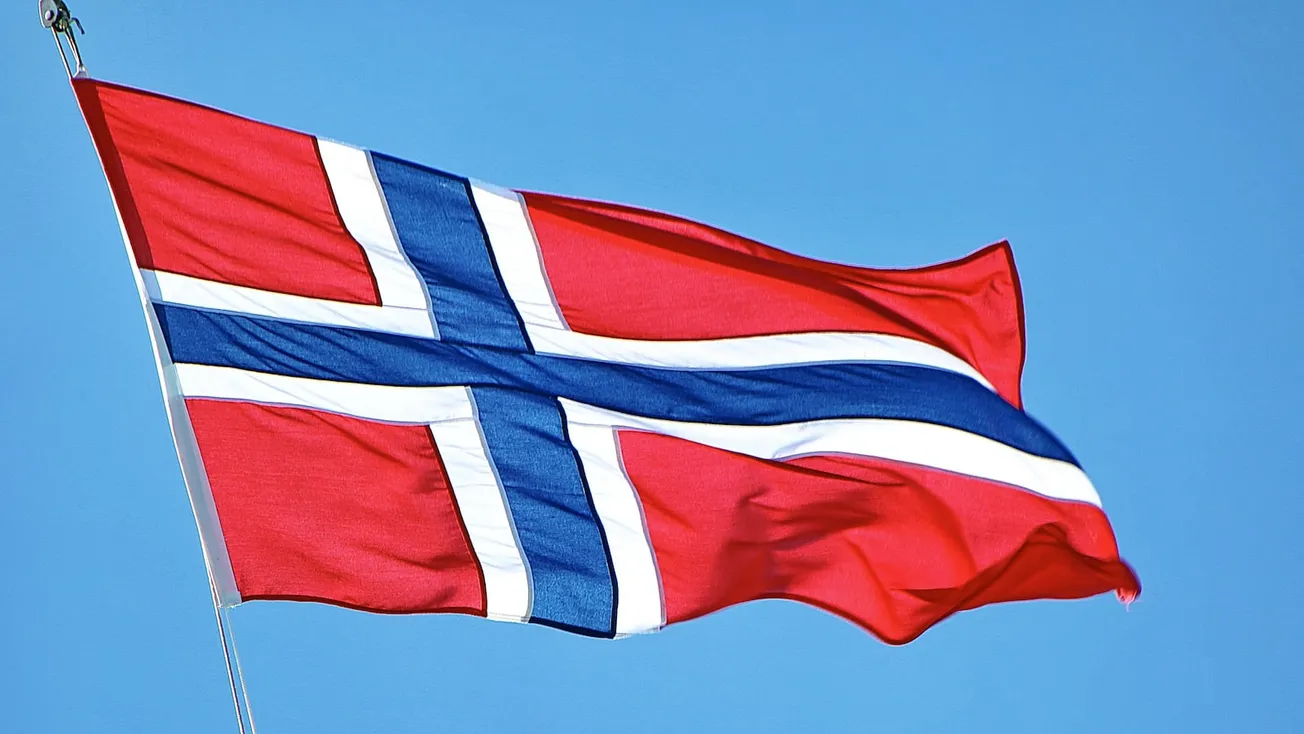Jon Miltimore
Jonathan Miltimore is the Managing Editor of FEE.org. His writing/reporting has been the subject of articles in TIME magazine, The Wall Street Journal, CNN, Forbes, Fox News, and the Star Tribune. Bylines: Newsweek, The Washington Times, MSN.com, The Washington Examiner, The Daily Caller, The Federalist, the Epoch Times.
In 2022 Norway’s third richest man, Kjell Inge Røkke, announced in an open letter to shareholders he was moving to Lugano, Switzerland.
“My capital will continue working in Norway,” wrote the fishing magnate turned industrialist who launched his empire four decades ago with a 69-foot trawler he bought while saving money working on ships off the coast of Alaska.
Røkke, who Forbes estimates has a fortune of $5.1 billion, will cost the Norwegian government an estimated 175,000,000 kroner annually (roughly $16 million) with his departure. That might not sound like a lot of money, but Røkke is not the only wealthy entrepreneur leaving Norway, The Guardian notes.
“More than 30 Norwegian billionaires and multimillionaires left Norway in 2022, according to research by the newspaper Dagens Naeringsliv,” reports wealth correspondent Rupert Neate. “This was more than the total number of super-rich people who left the country during the previous 13 years, [the paper] added.”
Did you catch that? More “super rich” Norwegians left Norway in 2022 than during the previous 13 years combined. The reason wealthy Norwegians are fleeing the country is not a secret.
Following its 2021 electoral victory, the Nordic nation’s Labor Party made good on its promise to soak the rich. Norway is one of just a handful of OECD countries that still taxes net wealth, and the Labor Party increased the country’s wealth tax to 1.1 percent despite warnings that such a move would “trigger capital flight and threaten job creation”.
Capital flight is exactly what happened, and it has left the Norwegian government with less revenue.
Norwegian Business School professor emeritus Ole Gjems-Onstad estimated that the wealthy Norwegians took with them a total fortune of $54 billion when they left. This means that the wealth tax, which was projected to increase revenue by nearly $150 million annually, will result in about 40 percent less revenue than it currently generates. Luca Dellanna, a management advisor and author, points out that Norway collected about $1.46 billion on its wealth tax in 2019. But the exodus of the wealthy will result in an estimated $594 million in lost revenue.
Those trying to understand how Norway’s policy could backfire so badly should look to the work of the late Nobel Prize-winning economist Robert Lucas. Lucas, a longtime professor at the University of Chicago, received the top prize in economics for research that became known as the Lucas Critique, which exposed various problems with macroeconomic modeling.
Lucas believed that to predict policy outcomes it was essential to first grasp that all action is individual behavior, and humans are rational creatures who will respond to policies in rational ways – even to policies designed to fool them.
“Microeconomics assumed people were rational,” economist David R Henderson pointed out in a recent Wall Street Journal article following Lucas’s death. “Why shouldn’t macroeconomics make the same assumption?”
This insight helped Lucas win the Nobel Prize, and it helps explain why Norway’s wealth tax backfired so badly. It was always naive to assume wealthy individuals would continue to bear Norway’s wealth tax. After all, one needn’t have a PhD in economics to realize that wealthy people are unlikely to sit idly by as lawmakers take more and more of their wealth (not income, mind you, wealth). As early as the 17th century, Jean-Baptiste Colbert, the finance minister to France’s Louis XIV, observed the delicate nature of taxation.
“The art of taxation consists in so plucking the goose as to obtain the largest possible amount of feathers with the smallest possible amount of hissing,” wrote Colbert.
Norwegian lawmakers forgot this simple lesson, and now they can do little but watch as the wealth creators in their country depart, taking with them their capital, ingenuity, and taxable income.
“Atlas shrugs in Norway,” observed economist Peter St Onge.
Indeed.
As it happens, Norway’s unfortunate lack of foresight comes at an opportune time for those living in the United States, where many are pushing wealth taxes.
Earlier this year, the Washington Post reported on the creative methods federal and state lawmakers are devising to separate “the rich” from their wealth. These include no fewer than four states attempting to tax unrealized capital gains, including a California proposal that would impose a 1.5 percent wealth tax (even higher than Norway’s).
“If it’s an annual wealth tax, it’s taking a fraction of your wealth every year,” Berkeley economist Emmanuel Saez, who helped design Sen. Elizabeth Warren’s wealth tax proposal, told the Post. “Almost by definition, you’re going to have less wealth after you pay the tax.”
If professor Saez believes California’s wealthiest people will allow lawmakers to tax their wealth and make them sell shares to cover unrealized capital gains, he hasn’t learned Colbert’s lesson on taxation.
Such a policy wouldn’t just result in a great deal of hissing. It would lead to a mass exodus of wealth creators. Anyone who doubts this need only look to Norway.
This article originally appeared on AIER.
This article was originally published on FEE.org. Read the original article.









